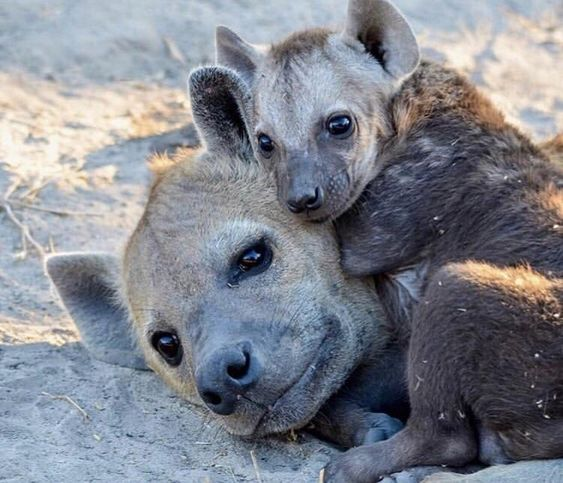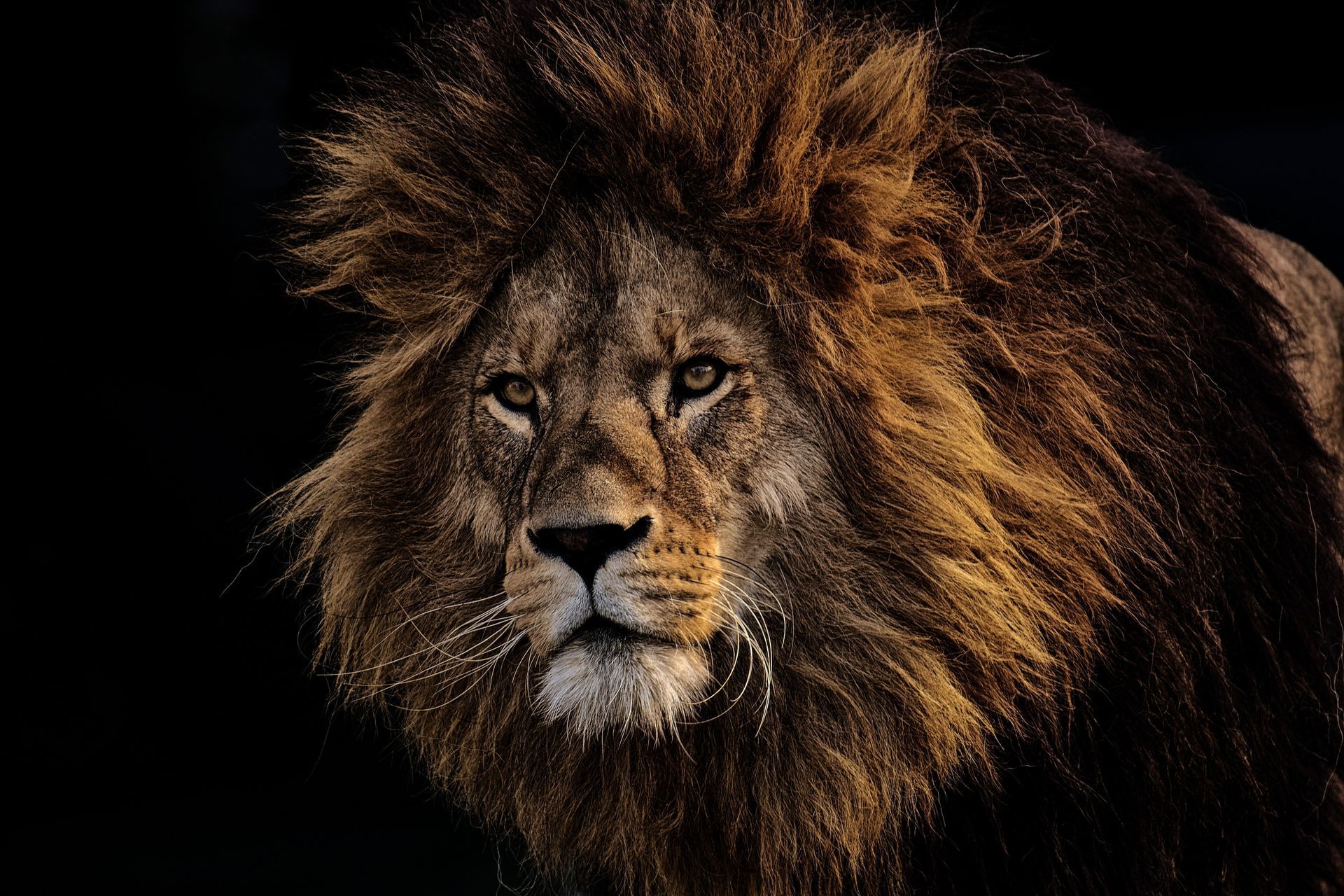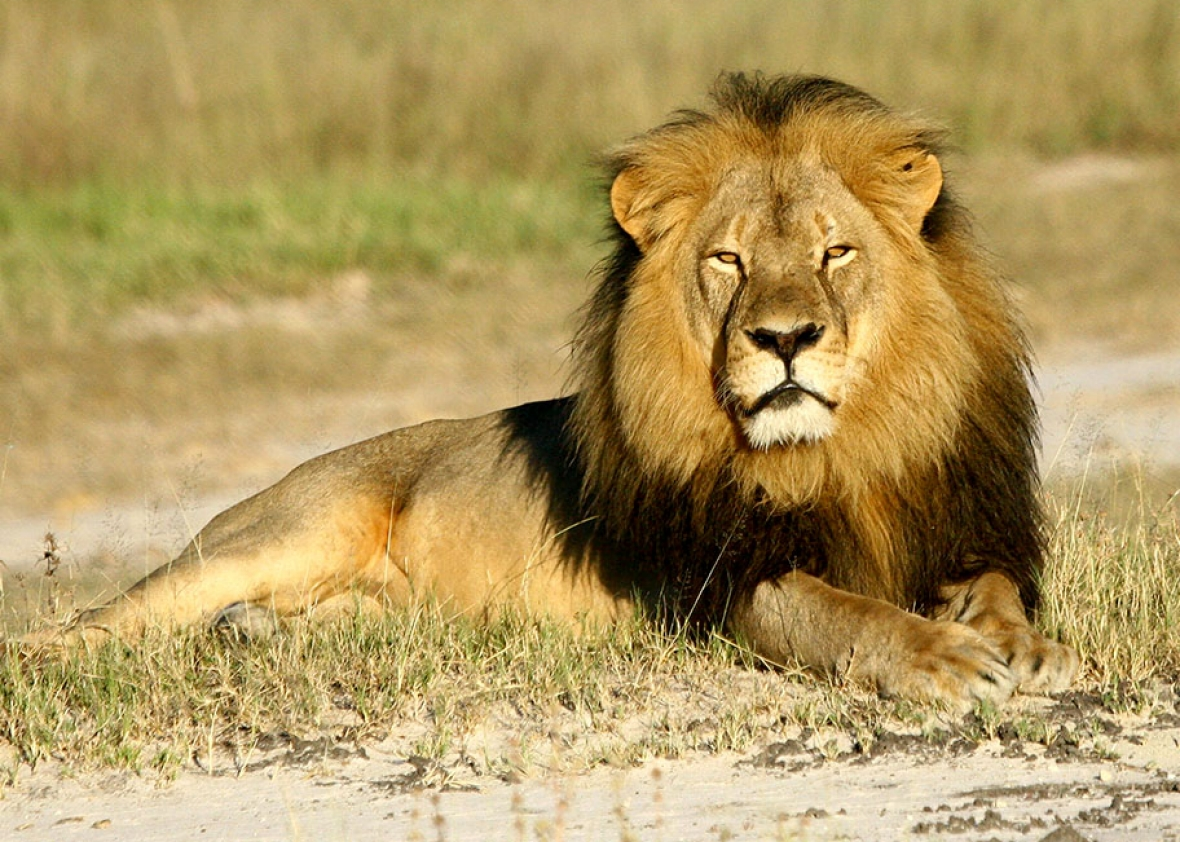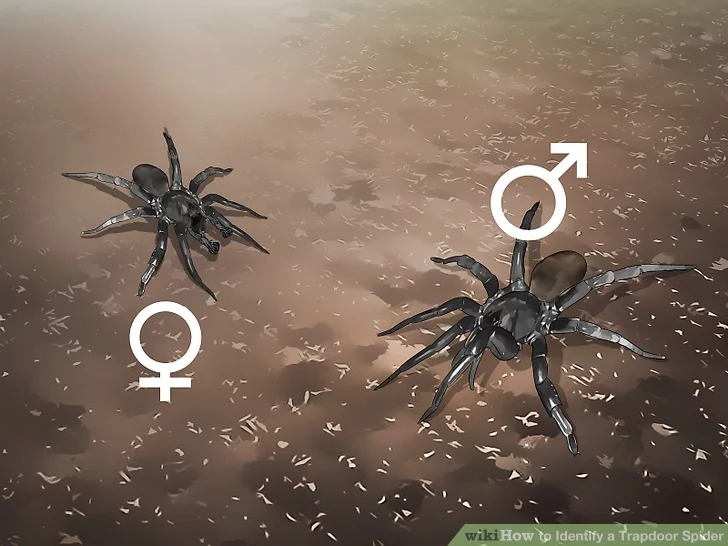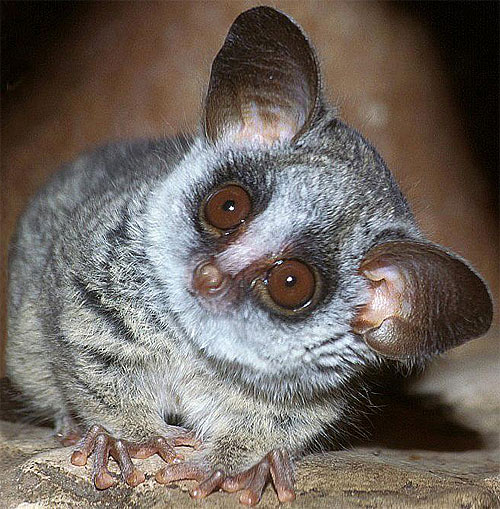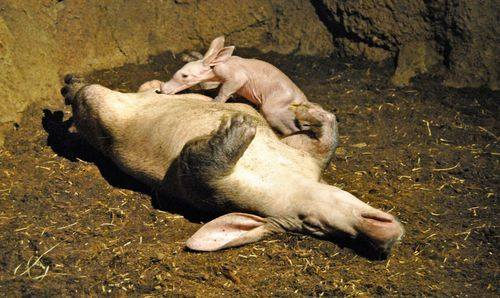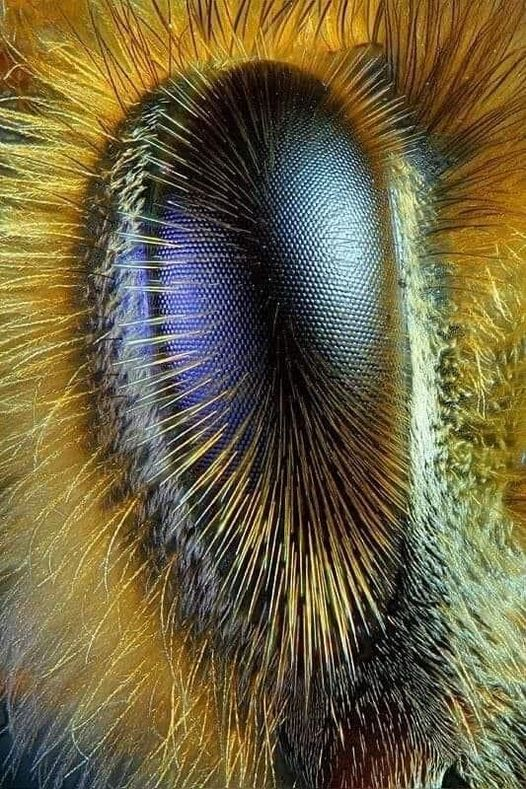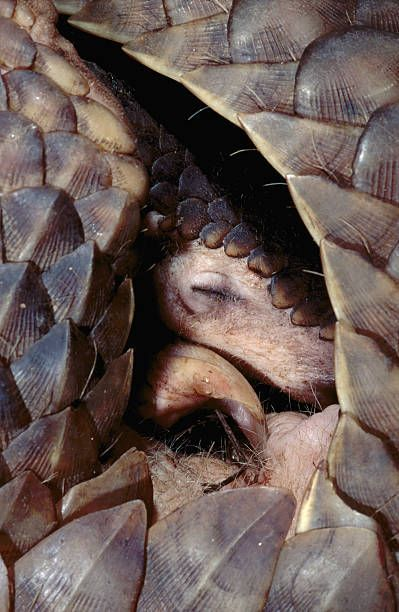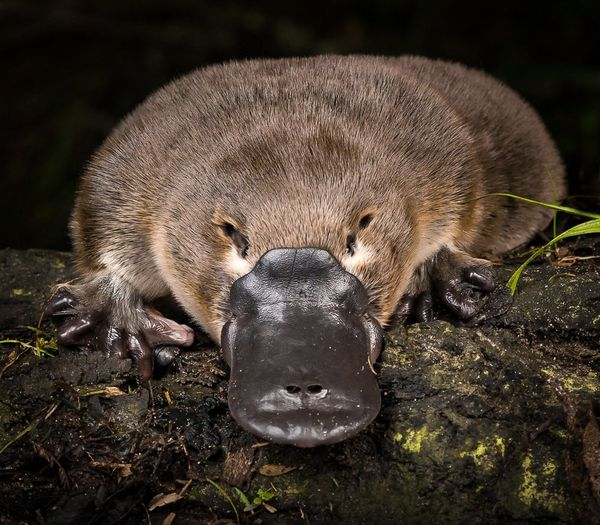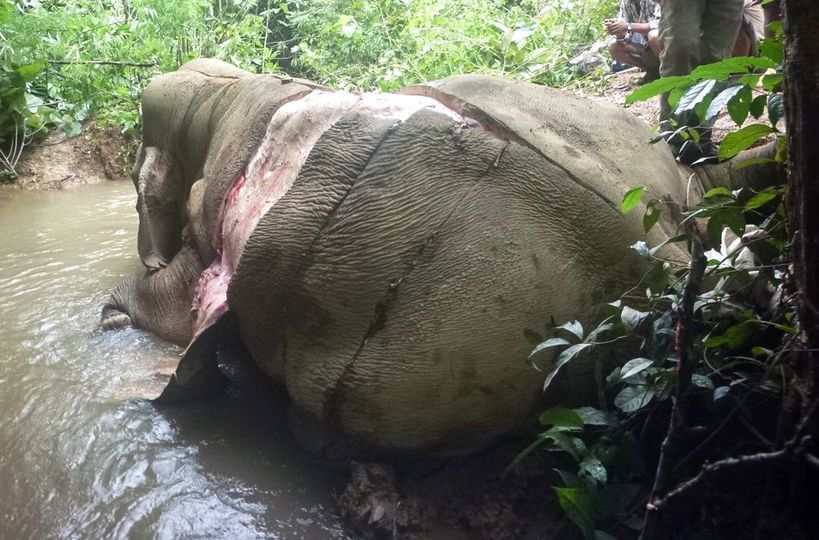...And here is ONE of those recent and amazing wild gorilla stories. I will share more;...And here is ONE of those recent and amazing wild gorilla stories. I will share more:
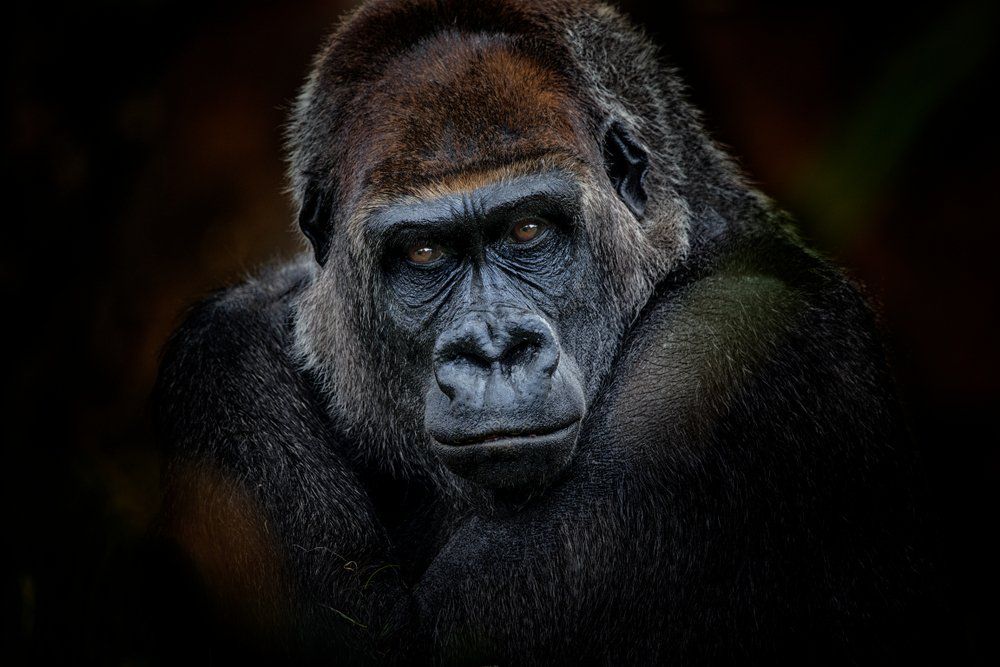
In Rwanda some wild gorillas have shown researchers just how intelligent they are by revealing an awe-inspiring depth of emphatic and altruistic behaviour.
This great behaviour was first introduced (and noted) when an older male gorilla arrived at the place where a crude [and primitive] deadly snare was hiding just waiting for a curious gorilla to outstretch its arm so that its innocent hand entered the ruthless trap. Fatality guaranteed as soon as the quick, strangling action of the wire 'noose' ensnares their hand. Gorilla parts, and their meat, are sought after to sell and trade on the illegal black markets and bushmeat markets – a gorilla hand ashtray is only one use.
Well, we tend to think he just stumbled upon it... But the actual reason was soon apparent when two more adult gorillas joined him. For a few moments, they just stood there and looked at the destructive snare. No gorilla moved. Obviously, they prevented getting ensnared themselves as they dismantled it quickly and efficiently. With determined expertise they began to work on this literal death-trap like seasoned anti-snare experts.
They pulled back the trigger branch and never just left it loose but ensured it could never be used again and effortlessly snapped it in half as easily as a toothpick. This action (pulling back that branch) exposed and released the nasty tension rope, or wire, noose, thereby rendering this snare inoperable.
This was part of their brilliant 'work-day'.
Somehow this Rwandan gorilla family had found a way to rid their land from one of their greatest threats. I am rather amused by this, because I can imagine the poachers arriving to collect their expected bounty and then confronted by totally destroyed traps and I can also imagine irate these poachers/trappers/hunters throwing up their arms in angry frustration whilst stomping around in tight circles while loudly cursing at the 'person' responsible for ruining their financial situation.
He-he.
I'd like to think the gorillas silently watched them from their shielded foliage shelter and gleefully observed their utter despair unfolding and 'gorilla-smiling' all the way.
No person responsible for that applauded destruction, the expertise on full display was orchestrated and performed by their intended victims. The gorillas were clearly underestimated.
So, from that we assume only the mature gorillas, led by a silverback, was responsible for this clever and emphatic action...
Nope.
The elders taught the youngsters.
Researchers, from the Dian Fossey Gorilla Fund's Karisoke Research Centre observed juveniles, about 4-year-olds, also dismantling a snare and then intently moving on to the next bunch to do exactly the same. What the researchers witnessed was the start of the gorilla's workday, after that foraging begins. It was obvious this family had learned how to do this because they learned how deadly these snares were because a youngster (previously) had broken his shoulder trying to get himself free from one of these snares and subsequently died from his infected injuries. On another occasion, a youngster managed to free himself, ran back to his troop and it was noted that adults carefully removed the tight wire wrapped around his wrist.
Now, it was also noted that the gorillas knew where the traps were and, therefore, had no reason to destroy them as this family could easily avoid them, not so? Oh, but they did have a valid reason. The thoughtful and compassionate reason why they did so, was because they wanted no other gorilla (or perhaps other animal) to be ensnared. Truly altruistic and documented wild gorilla behaviour learned only by them.
- A snare is made by making a strangling noose with some rope or wire, attaching it to a branch that is pulled back toward the ground – creating tension on the rope or wire and then that horrible noose is anchored to the ground with a rock or stick and camouflaged with leaves, other foliage like branches. Along comes any animal, bumps the stick or rock, activating the immediate response of that bent branch - send it soaring upwards only to entrap the unfortunate animal in that deadly noose and the more it struggles the tighter the noose becomes.
#GorillaWorkdays.
